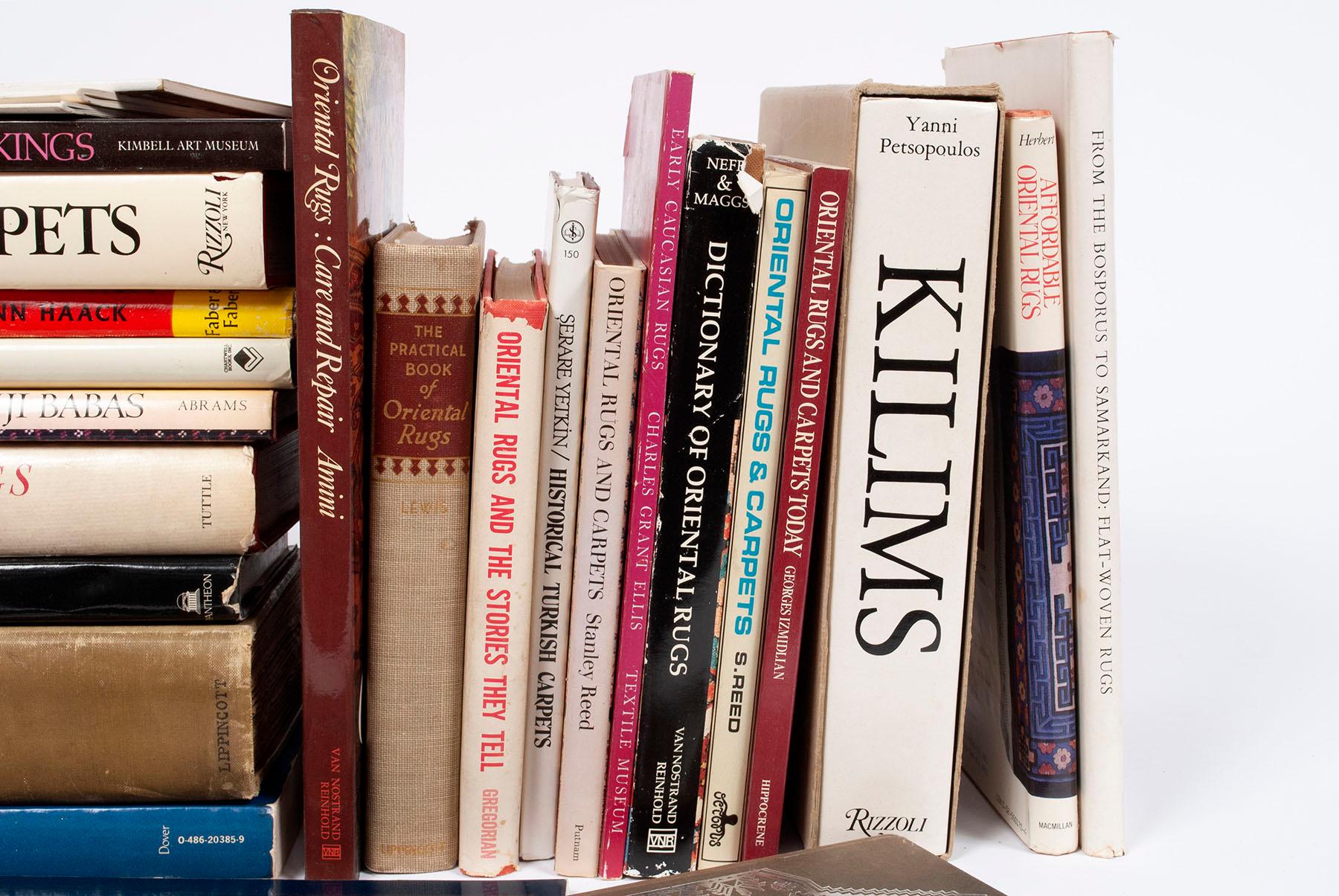Sarapi is a word that some people use to describe a type of Persian rug. Persian rugs are carpets that are made by hand in Iran, a country in the Middle East. Persian rugs have a long history and culture, and they are lovely and valuable. They have different patterns, colors, sizes, and styles, depending on where and when they were made.
How Persian Rugs Are Misunderstood and Misrepresented
Some people who know a lot about Persian rugs have noticed that there are many unclear and confusing things about them. For example, they don’t know how some rugs were made, or why they have specific designs, or what they mean.
Sometimes, people have different opinions and ideas about these things, and they try to explain them in their own way. But sometimes, their explanations are not genuine or reasonable, and they make mistakes or misunderstandings.
They also use some words and labels that are not related or appropriate for Persian rugs, making them seem different from what they really are. This is very unfortunate, because it makes Persian rugs lose their originality and greatness.
The Word “Sarapi” and Why it is Wrong
One of the words that people use wrongly for Persian rugs is “Sarapi.” This word has no root or history in Persian rug culture, and it appeared out of nowhere. It is not a Persian word, and it does not have any meaning or reason.
Some people use it to refer to a type of rug that is made in Heris, a region in Azerbaijan, which is a province in Iran. Heriz rugs are very famous and popular, and they have a unique style and quality. They have calm and geometric patterns, natural and plant-based colors, coarse and irregular weaving, and other features that make them unique and attractive.
I heard the word “Sarapi” for the first time about three decades ago, when someone was talking about a type of Heriz rug that belonged to the first generation of weavers. But since then, I have not found any convincing answer or explanation for this word, even after doing a lot of research and asking many sources, such as books, articles, experts, local weavers, and even some foreign people who are interested or involved in Persian rugs.
What I found out for sure is that the word “Sarapi” came from outside the borders of Persian rug culture. But I don’t know who and why invented, discovered, or applied this word, and what was their motive and evidence.
This is one of the unclear and unknown things that I have not seen any clarification for in the research materials about Persian rugs. And maybe if there is something, it is only based on guesses and probabilities that are not documented and professional, and that are not acceptable for people who do research and have opinions. Maybe this fake and vague word has caused a lot of mistakes and errors in understanding and distinguishing different types of rural rugs in Azerbaijan, or it has even become a tool for some greedy people to make money.
Some Examples of the Wrong Use of Serapi Rug
For example, look at the description and explanation of each picture, and pay attention to the images below. They can be a little bit helpful in understanding the issue:

A rug that is woven in the village of Alvar, which is wrongly called Heriz Sarapi.

A rug that is woven in the village of Bakhshayesh, which is wrongly called Heriz Sarapi.

A Heriz rug that is woven in the village of Daash Khatun, which is wrongly called Sarapi.

A rug that is woven in the village of Mehraban, which is wrongly called Heriz Sarapi.

A rug that is woven in Qarah Dagh, which is mistakenly called Heriz Sarapi.

A rug that is woven in Lambaran, which is wrongly called Sarapi.

A rug that is woven in the village of Goravan, which is wrongly called Heris Sarapi.

A runner that is woven in the village of Qalandar, in Ahar, which is wrongly called Heriz Sarapi.
So, the questions that are raised about the word “Sarapi” are still unanswered, and they are among the vague points of Persian rug culture. Questions such as:
- Is the word “Sarapi” a Persian word, or at least has an Iranian origin?
- Is “Sarapi” a type of weaving, a place of weaving, a time of weaving, a type of size, a name of design, or something else?
- Is “Sarapi” an invented or agreed word, or does it have a root in Iranian culture, with or without a mediator?
- Is there a specific source, origin, motive, and evidence for the word “Sarapi”?
Therefore, by logic and reason, until there is a documented answer to these questions, and until there is a logical and documented explanation and justification for the word “Sarapi”, we should consider this word as a fake expression in Persian rug culture, and avoid using it.
We will address many other unrelated and inappropriate words that have taken their place in Persian rugs’ written and spoken culture of Persian rugs. With the hope of preserving the originality and traditions, and recovering and continuing the glory and greatness of Persian rugs.















































1 comment
The word comes from Sarab. The rugs come from the Sarab region of Azerbaijan. It’s not that complicated.
Leave a comment